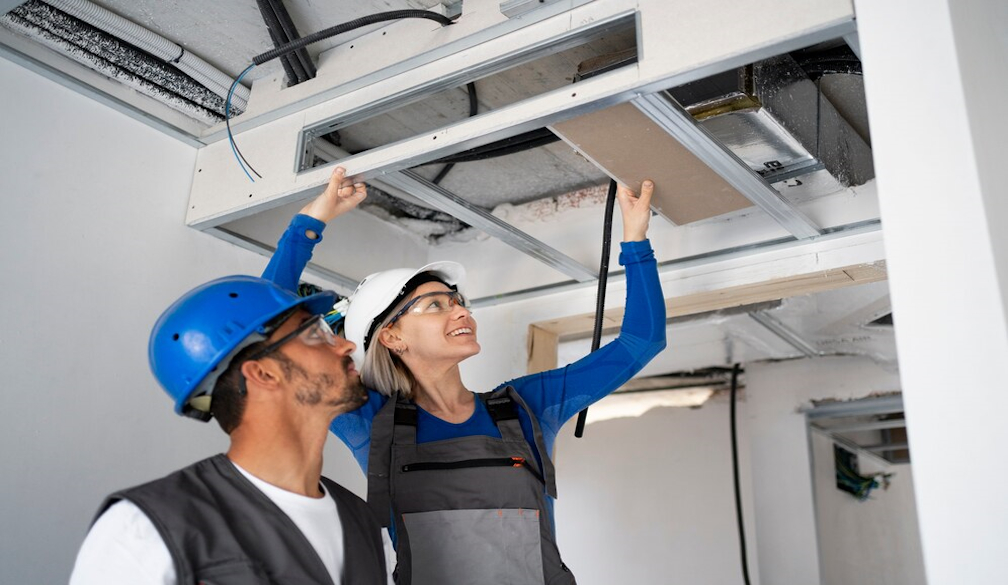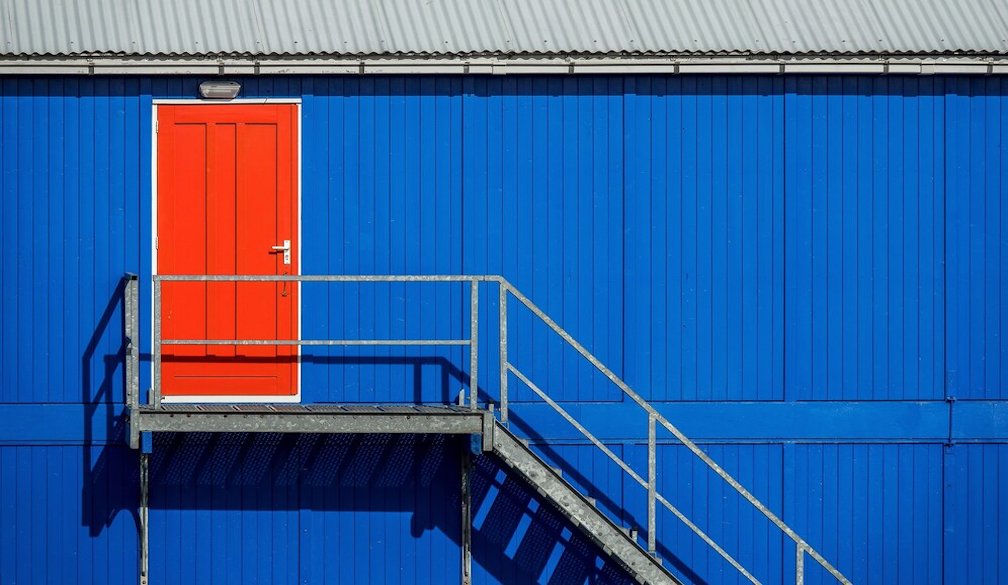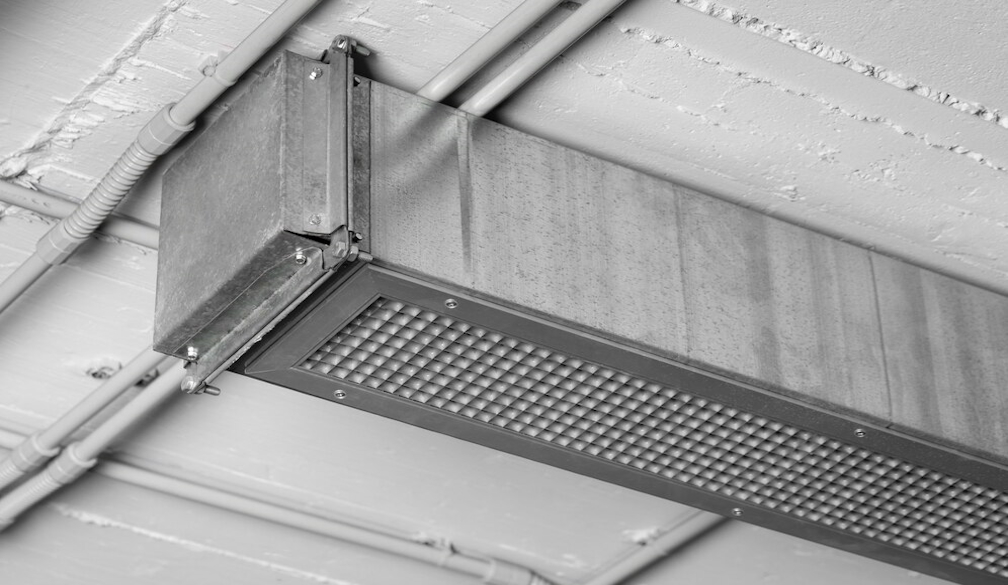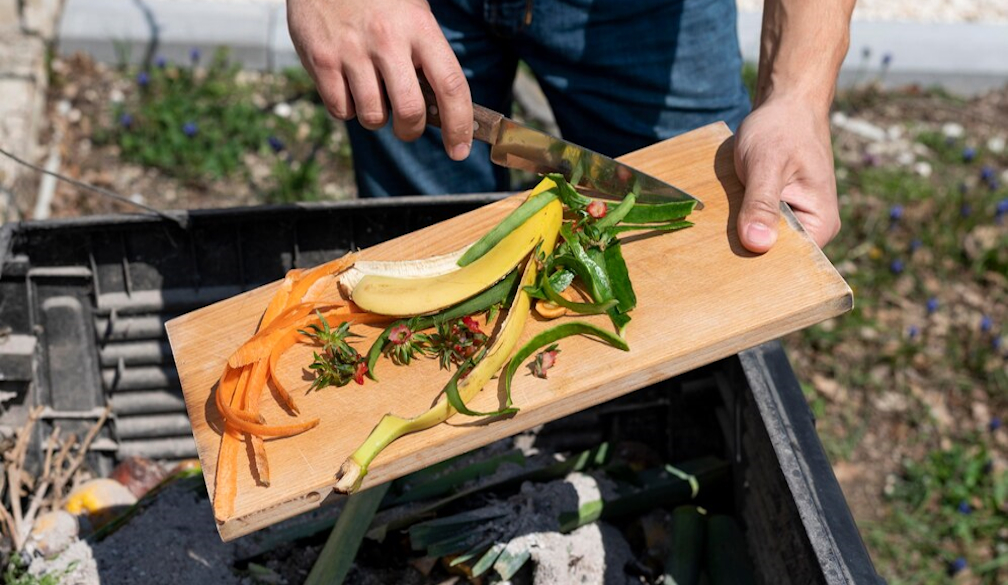Top 10 Tips for Heating and Cooling Installation

Proper installation of heating and cooling systems is crucial for ensuring efficiency, comfort, and longevity in residential and commercial buildings. Whether you're upgrading an existing system or installing new equipment, following best practices during the installation process is essential to maximise performance and minimise future issues. Here are ten valuable tips for heating and cooling installation in Melbourne:
1. Choose a Qualified HVAC Contractor
Selecting a reputable HVAC contractor is the first and most critical step in ensuring a successful installation. Look for contractors in Melbourne who are licensed, insured, and have a proven track record of quality installations. Ask for referrals, read reviews, and verify their credentials to ensure they are qualified to handle your specific heating and cooling needs.
2. Evaluate Your Heating and Cooling Requirements
Before installation begins, assess your heating and cooling requirements based on the size of your home or building, insulation levels, number of windows, and climate conditions in Melbourne. This evaluation helps determine the appropriate size and type of HVAC system that will efficiently meet your comfort needs while optimising energy efficiency.
3. Prioritise Energy Efficiency
Opt for energy-efficient heating and cooling equipment that meets or exceeds Australian standards. Look for systems with high Energy Star ratings for air conditioners (MEPS) and efficient heat pumps or furnaces (MEPS). Energy-efficient systems not only reduce utility bills but also minimise environmental impact by conserving energy resources.
4. Ensure Proper Sizing of Equipment
Correctly sizing your HVAC equipment is crucial for optimal performance and efficiency. Oversized units may short-cycle, leading to increased energy consumption and wear on components. Undersized units struggle to maintain consistent temperatures, resulting in discomfort. A qualified HVAC contractor in Melbourne will perform load calculations to determine the right size equipment for your space.
5. Pay Attention to Ductwork Design
The design and installation of ductwork significantly impact HVAC system performance. Ensure ductwork is properly sized, sealed, and insulated to minimise energy loss and maintain consistent airflow throughout your home or building. Leaky ducts can lead to wasted energy and reduced comfort, so it's essential to have them professionally installed and sealed.
6. Consider Equipment Location
Carefully consider the location of outdoor and indoor HVAC units during installation. Outdoor units should be placed in a well-ventilated area away from debris, vegetation, and obstructions to ensure adequate airflow. Indoor units, such as furnaces or air handlers, should be installed in accessible locations with sufficient clearance for maintenance and service.
7. Use High-Quality Installation Materials
Utilise high-quality materials and components during installation to ensure durability and reliability of your HVAC system. This includes durable insulation, corrosion-resistant piping, and robust mounting brackets. Quality materials contribute to efficient operation and reduce the need for premature repairs or replacements.
8. Follow Manufacturer's Guidelines
Adhere strictly to manufacturer's guidelines and specifications for installation, maintenance, and operation of your heating and cooling equipment. Deviating from these guidelines may void warranties and compromise system performance. Refer to installation manuals and technical documentation provided by the manufacturer for best practices.
9. Ensure Proper Ventilation and Air Quality
Proper ventilation is essential for safety and efficiency in heating and cooling systems. Ensure adequate ventilation around combustion appliances, such as gas furnaces, to prevent the buildup of carbon monoxide and other harmful gases. Install carbon monoxide detectors according to Australian building codes and regulations.
10. Schedule Regular Maintenance
After installation, establish a regular maintenance schedule with a qualified HVAC technician in Melbourne. Regular inspections and maintenance help identify potential issues early, ensuring optimal system performance, efficiency, and reliability over time. Follow the manufacturer's recommended maintenance schedule to extend the lifespan of your HVAC equipment.
Conclusion
Proper installation of heating and cooling systems is key to achieving comfort, energy efficiency, and long-term reliability in Melbourne's diverse climate. By following these top 10 tips—from selecting a qualified HVAC contractor and evaluating your heating and cooling needs to ensuring proper equipment sizing, ductwork design, and maintenance—you can ensure a successful installation process. Investing in professional installation and adhering to best practices not only enhances the performance of your HVAC system but also contributes to cost savings and improved indoor comfort. Whether you're installing heating and cooling systems in a residential or commercial setting in Melbourne, these tips will help you achieve optimal results and satisfaction with your HVAC investment.








